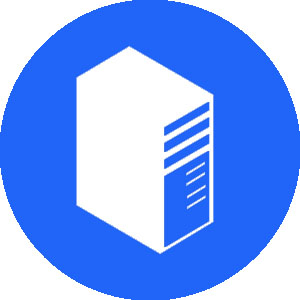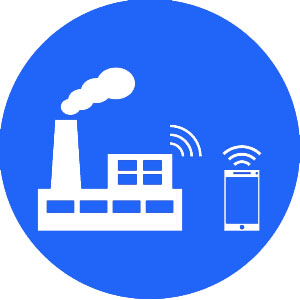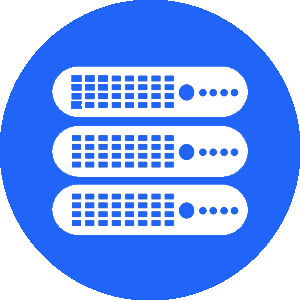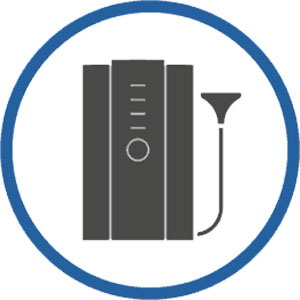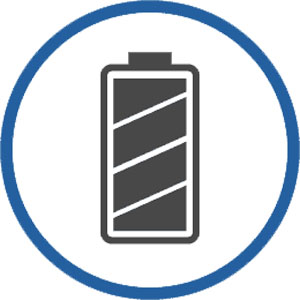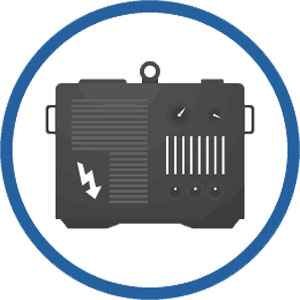UPS (Uninterruptible Power Supply) Service Engineer goes back to school
UPS Engineer Mark Trafford: I like variety, and being a field UPS service engineer ensures that no two days are ever the same. It was an early start again today with a full day planned, but not quite like you might expect, because this morning it was back to the classroom as we attended a training course to bring us up to date with the latest in UPS service and maintenance techniques. At UPS Systems plc we strive to be the best engineers that we can, which means that we take learning very seriously. We are constantly learning about new products and technologies in order to be able to provide our customers with the most up to date UPS service. The courses we attend are always very professional and interactive, and more often than not end with a difficult exam, usually needing 80% to pass so you can rest assured that all our credentials and certificates are hard-earned! Today we learned about the latest techniques to install and service UPS for a specific application. We do a lot of work with data centres, and security is becoming more important. Security in data centres involves everything from personnel access to high-resolution CCTV coverage and motion sensors. Specialist cameras can pixelate or blank out sensitive information in the picture and everything can be encrypted. Security also includes monitoring the racks for temperature, airflow, smoke, sound, humidity and water leaks. You might think that this sounds ample in terms of detailed measurements, but even finer monitoring still can be undertaken, of dust particles, vibrations and radiation levels! All this data must be able to be controlled from web browser using TCP/IP and other protocols. I passed the test but my brain hurt afterwards!
UPS (Uninterruptible Power Supply) and Diesel Generator service enables essential maintenance
In the afternoon we delivered a UPS and diesel generator, and carried out a generator service for a company who will be carrying out essential maintenance on their incoming supply over the weekend. They have to keep critical servers going in their data centre during the power down and so asked us (at short notice) if we could help. The 80kVA generator had to be carefully positioned and installed. We reversed it into a reserved parking bay, positioning it so that it was adjacent to the data centre, and stabilised it. Even though we had just installed the generator, carrying out a generator service is an important part of commissioning the unit. We then connected the 50m generator cable to the UPS, and also connected a power distribution unit (PDU) to the output of the UPS. The next step was to insert an earthing rod into the ground and test the generator without the load connected, confirming that there was plenty of fuel and that it started first time. We checked and tested all aspects of the generator, as we would have with a typically installed unit. Next we connected the load to the generator, checking that there was a good earth all the way through from the generator to UPS and then on to the rack where the dual PSU servers were. The final check was a thorough visual inspection of the UPS, just in case anything had moved during transit. All looked fine, so we fired up the generator and the UPS, switched it online and applied the load perfect. My final task of the day was to provide a training course to some fellow UPS engineers and, having had a course myself this morning, I had some great ideas about how to make it interesting, relevant and above all, safe.
If you have any questions about this, you can contact us here.









